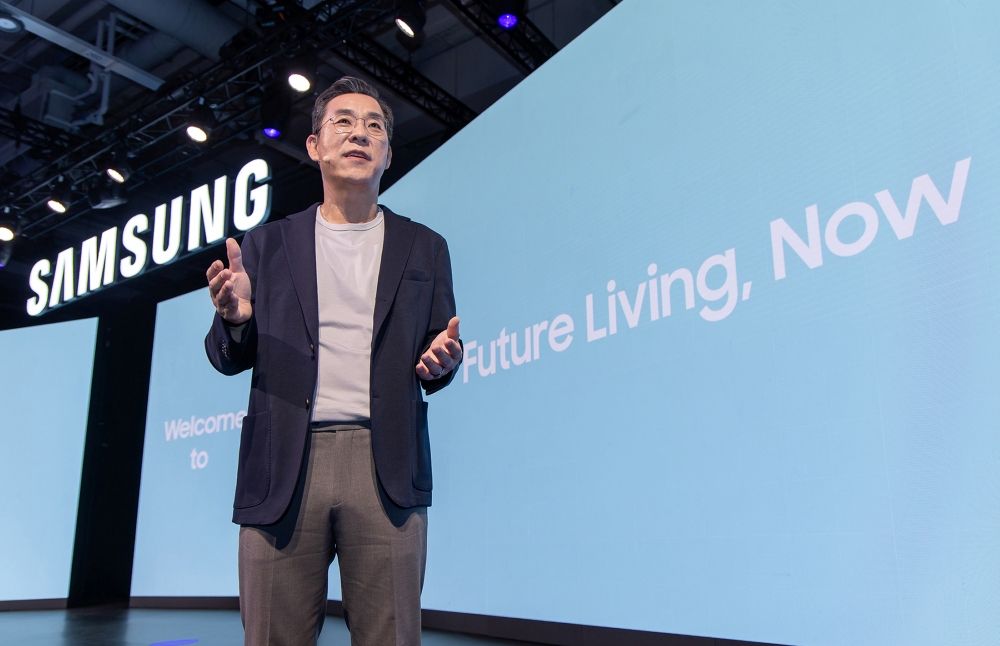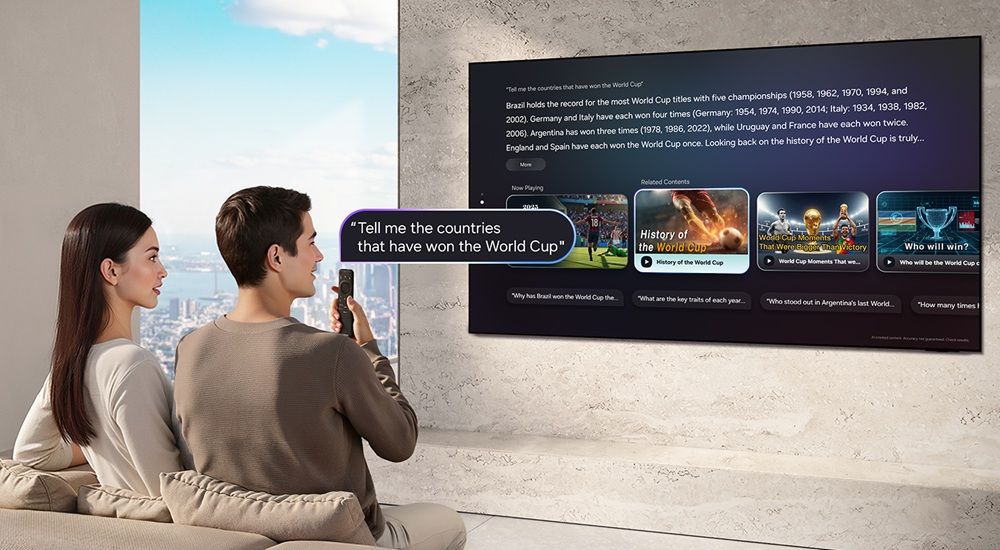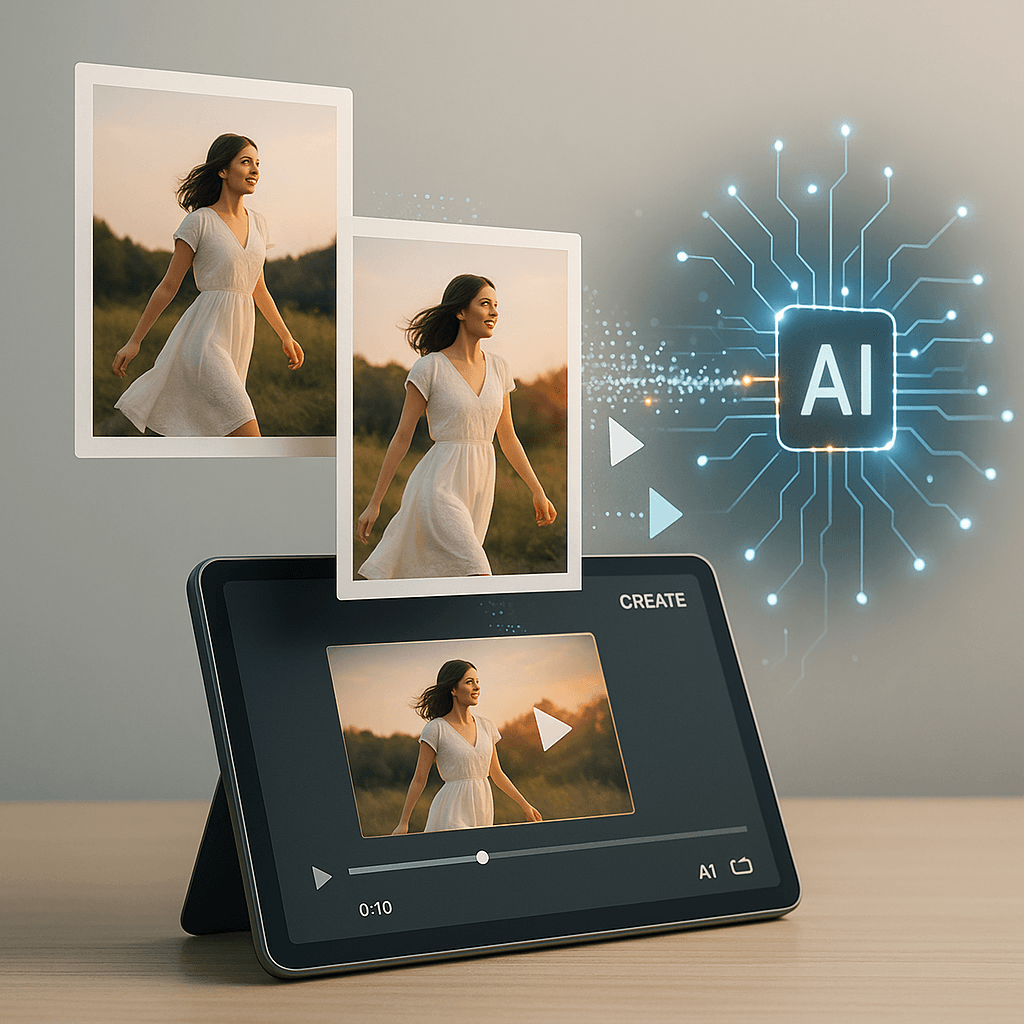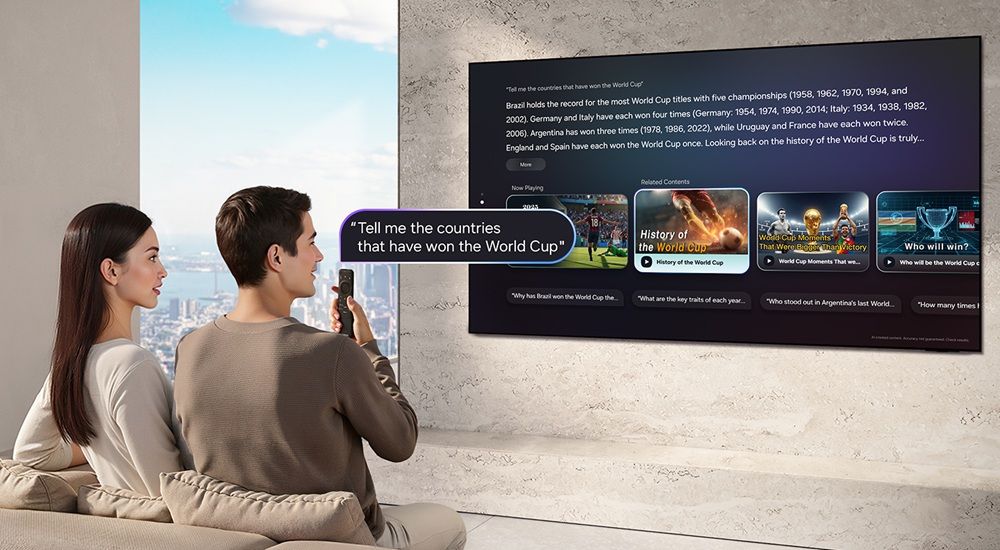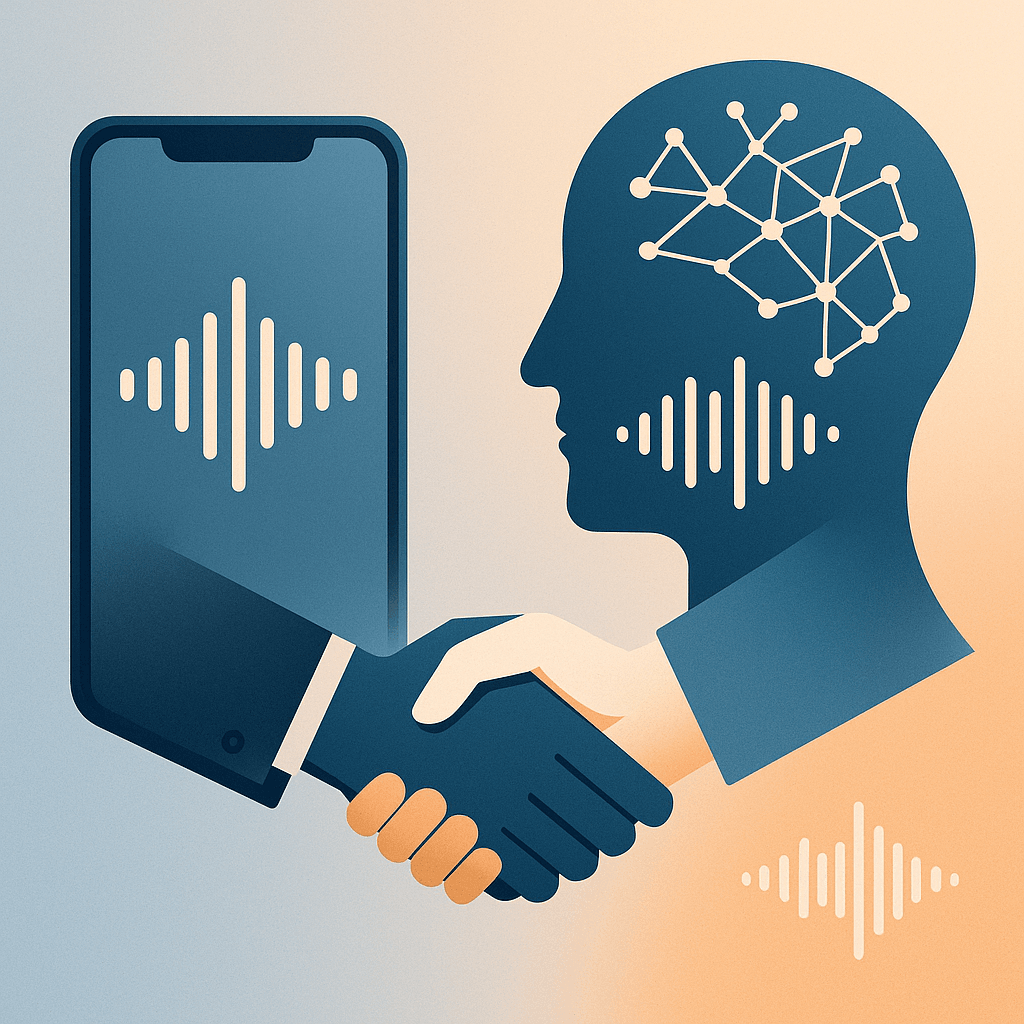SwitchBot just unveiled the AI Hub at IFA Berlin, combining local AI processing with cloud-based visual language models to interpret camera footage and trigger smart home automations. The device represents a major leap toward truly intelligent homes that can understand and respond to real-world events, positioning the button-pushing robot maker as an unexpected player in the race for AI-powered home control.
SwitchBot, best known for its ingenious button-pushing robots, just threw down the gauntlet in the AI-powered smart home race. At IFA Berlin this week, the company unveiled its AI Hub, a device that brings us closer to the Star Trek dream of a central computer that truly runs your home. The timing couldn't be more strategic as tech giants scramble to dominate the emerging AI home automation market.
The AI Hub combines local AI processing with a cloud-based visual language model to interpret events captured by SwitchBot's security cameras and use them as triggers for home automations. This isn't just another smart hub - it's a fundamental shift toward homes that can actually understand what's happening and respond accordingly. According to SwitchBot's announcement at IFA, the device can recognize complex scenarios like "an elderly person falling" and immediately take action.
[embedded image: SwitchBot AI Hub on wooden console showing sleek black design]
The device already identifies pets, vehicles, furniture, and appliances locally, with facial recognition rolling out later this month. Users can even perform text searches through the SwitchBot app, asking it to find specific objects or pets and surfacing relevant footage instantly. This puts SwitchBot ahead of Amazon's Ring Video Search feature, which launched on Alexa Plus but can't yet use detected events as automation triggers - exactly what SwitchBot is delivering.
But SwitchBot's true ambitions extend far beyond a smart hub. The company shared a "SwitchBot Vision" concept video that reads like science fiction made real. It shows current SwitchBot devices - cameras, the K12 Pro mobile platform, air purifier table, and new mmWave presence sensor - all feeding data to the AI Hub, which then commands a humanoid robot to handle household tasks. When the laundry basket fills up, the robot loads the washing machine. When sensors detect "Master is waking up," it prepares breakfast.
The vision is admittedly far-future - the robot in the demo appears to be a person in costume rather than actual robotics. Yet it illustrates SwitchBot's ultimate goal: creating homes that respond intelligently to their occupants' needs. It also highlights the massive technical challenges ahead. As Jennifer Pattison Tuohy noted in , "for agentic AI to be truly 'in control' of our homes, it needs devices capable of real action."

